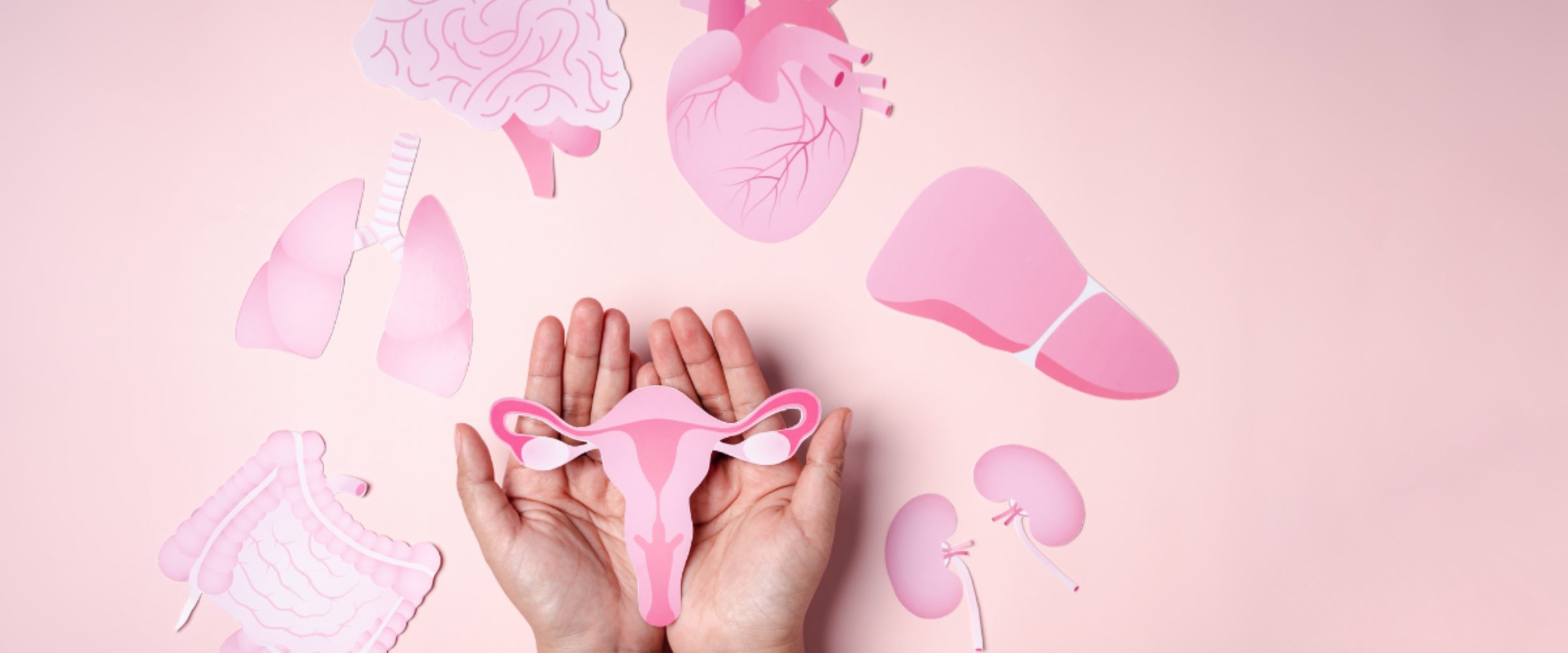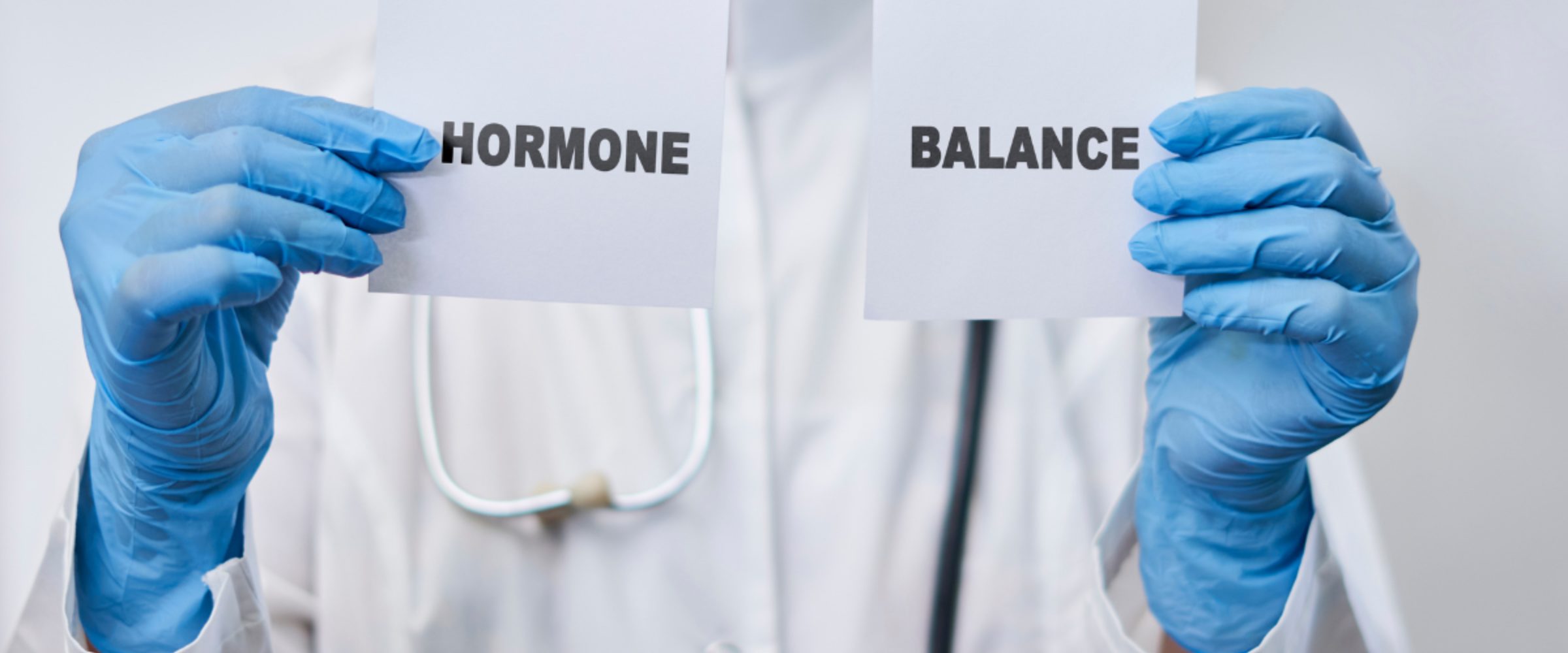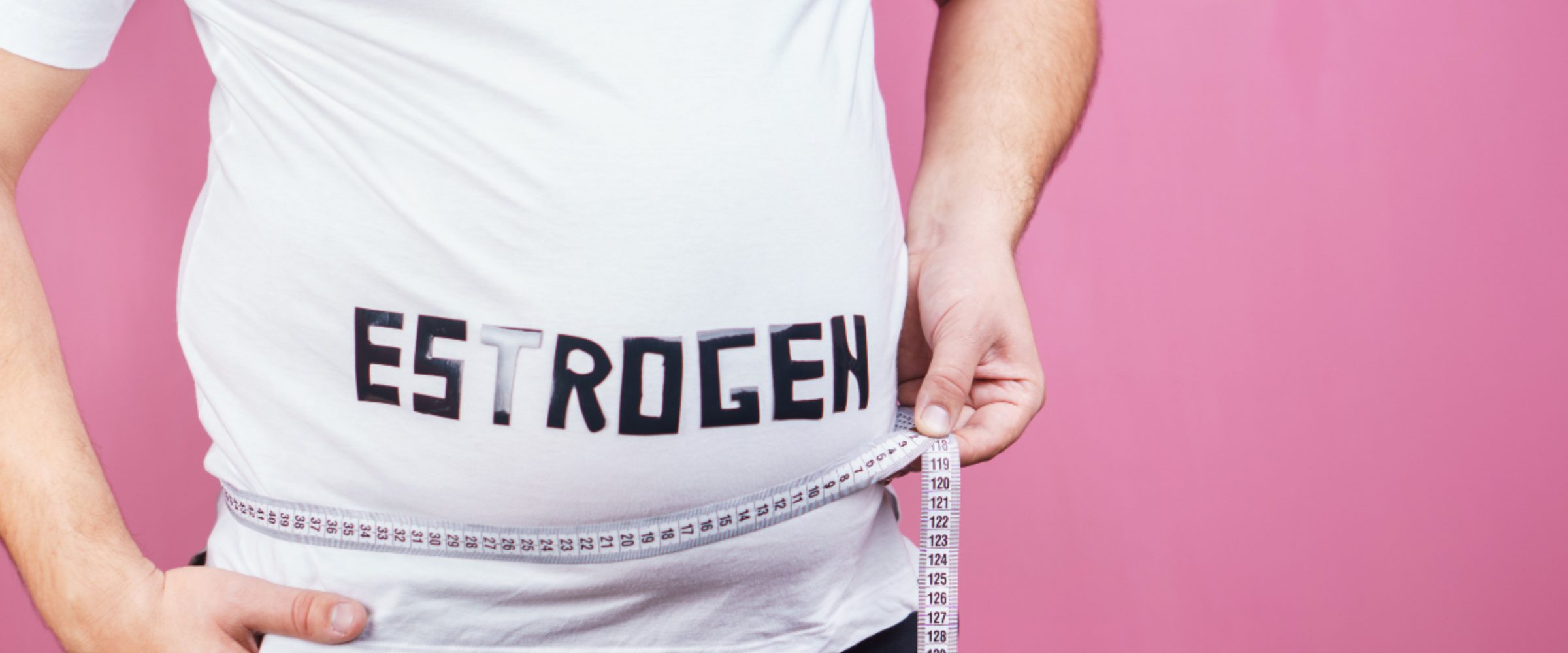4 min|Rhiannon Lockhart
Get To Know Your Hormones: Estrogen
HormonesIn this installment of our series “Get to know your hormones”, we’ll highlight estrogen. Estrogen tends to be one of the bigger hormones discussed through life (especially in females). In this post, we will dive into the different types of estrogen, symptoms of too much and too little, how it affects males, regulating estrogen, and how your digestive system plays a role!
What is estrogen?
Estrogen is typically known as a female hormone, although males do make smaller amounts of it. Because of this, we will address estrogen in both sexes, with most of the conversation directed at the effects of estrogen in females.
There are three different types of estrogen:
Estrone (E1) which is the main form produced after menopause;
Estradiol (E2) is the primary form of estrogen in both female reproductive years, as well as in males. It is also the most potent;
Estriol (E3) is the primary form used through pregnancy and is the least potent estrogen. (1)
While estrogen is most noted for its impact on our reproductive health, it plays a large role in non-reproductive functions like:
Cholesterol levels (4)
Bone and muscle mass (5)
Circulation and blood flow
Collagen production and moisture in your skin (6)
Brain function, including your ability to focus (7) (8)

Estrogen in females
During the reproductive years, estrogen is primarily produced in the ovaries, although our adrenal glands and adipose tissue also secrete estrogen. Levels of estrogen rise and fall through the stages of the menstrual cycle, alongside reproductive hormones like progesterone, follicle stimulating hormone (FSH) and luteinizing hormone (LH).
After menopause, estrogen levels drop, and many will experience the symptoms of low estrogen outlined below.
Symptoms of low estrogen in females:
Low estrogen levels are normal in postmenopausal women. For those during their reproductive years, low estrogen may be due to increased exercise, low calorie consumption, and/or psychological stress.(10) Symptoms can include:
Breast tenderness
Weak or brittle bones
Hot flashes and night sweats
Irregular periods or no periods
Headaches, trouble concentrating
Fatigue, drowsiness, trouble sleeping
Mood changes, irritability and depression
Vaginal dryness, leading to painful intercourse (10)
Symptoms high estrogen in females:
Symptoms of high estrogen tend to be quite common in premenopausal females and can be a result of excess alcohol consumption, gut dysfunction, xenoestrogen exposure (i.e. BPA and phthalates), reproductive health conditions like PCOS, fibroids and endometriosis, and some medications. (8) (9) Symptoms can include:
Decreased sex drive
Breast tenderness
Weight gain, especially in your waist and hips
Irregular periods (unpredictable timing, light or heavy bleeding).
Worsening symptoms associated with PMS or PMDD
Sleeping trouble
Hormonal headaches
Anxiety, stress and mood swings

Estrogen dominance
It is important to differentiate high estrogen to general estrogen dominance, which refers to high estrogen in relation to progesterone. Estrogen dominance can be used as more of an umbrella term to note that your estrogen to progesterone ratio is off balance, with estrogen being higher than it should. This may mean that estrogen levels are normal, while progesterone levels are low. It may also mean that progesterone levels are normal, while estrogen levels are actually higher than average. (11)
Talk to your practitioner about your symptoms and whether conducting additional testing like blood work or a DUTCH test may be necessary for you.
Estrogen in males
Estrogen is still an important reproductive hormone in males, supporting libido, erectile function and spermatogenesis. (12) High estrogen can impact anything from physical appearance (i.e. enlarged breasts and high waist-to-hip ratio) to sexual dysfunction and infertility. (12)

What is the Estrobolome?
You have often heard that your gut health plays a role in your overall health, and this remains true for our estrogen.
We have our “estrobolome” which is a unique subunit of our gut microbiome that is composed of bacteria that helps to metabolize estrogen. Using the enzyme, beta-glucuronidase, our gut breaks down estrogen to be either excreted or absorbed. This means that when our gut microbiome is out of balance, we may exhibit some symptoms of estrogen imbalance.
Regulating your estrogen:
For many, supporting normal estrogen levels comes back to the foundations of our health, including:
Creating regular sleep habits
Reducing stress
Incorporating exercise into your daily routine
Reducing or removing alcohol
Regulating blood sugar
Avoiding ultra-processed foods
Avoiding environmental pollutants (that we can control)
Book your appointment today to find better hormone balance.
References:
Related Articles

4 min|Dr. Alex Chan
EBOO for Chronic Inflammation: A Natural Approach for Systemic Relief
Regenerative Medicine, EBOO Therapy
4 min|Dr. Alex Chan
EBOO Therapy for Autoimmune Conditions: Exploring the Potential Benefits
Autoimmune Disease, Regenerative Medicine, EBOO Therapy


